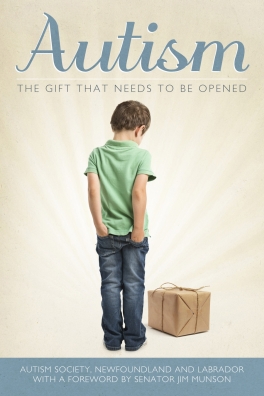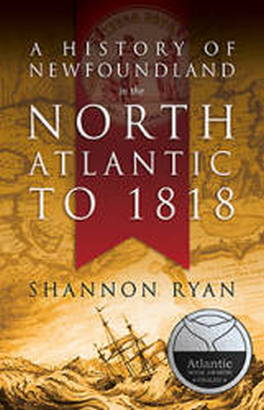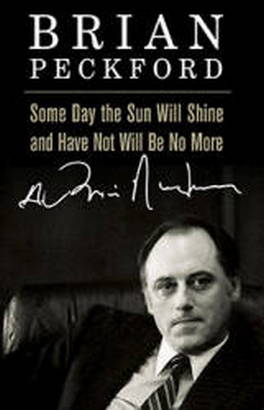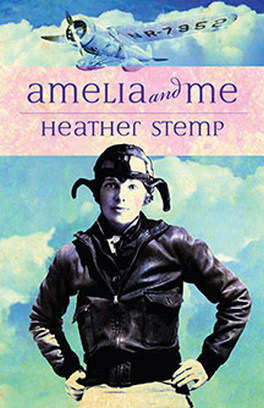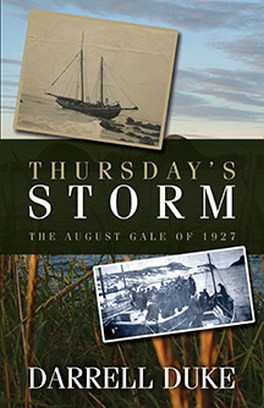Families, world experts, and persons on the autism spectrum share their experiences in this collection of stories. With a focus on the positive aspects of autism and the importance of community involvement and early intervention, Autism: The Gift That Needs to Be Opened is a resource whose aim is to improve the lives of parents, educators, and persons who have autism spectrum disorder (ASD). Awareness and advocacy for early diagnosis and treatment of autism have grown substantially over the past decade. According to Stephen W. Scherer, Ph.D., D.Sc., FRSC,
There are new studies that show that every child who undergoes intensive behavioural intervention therapy improves in some way. In fact, I have heard rare stories of some children having full or near-full recoveries. The most important factor leading to positive outcomes, however, is to start such interventions early and, in the best-case scenario, even before the first signs of autism appear.
These stories are inspirational and informative, while also serving as a reminder—indeed, as a rallying cry—that individuals who have autism can, with the proper care and attention, lead full and productive lives and change the way we see the world. All royalties from the sale of this book will be donated to the Autism Society, Newfoundland and Labrador. Contributors: B. T. Hall Bridget Ricketts Dawn Haire-Butt Doug McCreary Dwayne LaFitte Heather Warner Jessica Butt Katrina Bajzak Krista Preuss-Goudreault Laura Hamlyn Michael McCreary Nicole Parsons Roseanne Hickey-Hatchett Sarah MacAulay Stephen W. Scherer Temple Grandin Tom Jackman Tori Oliver Tricia Teeft
A Window into Autism through DNA
by Stephen W. Scherer
Professor Stephen Scherer, Ph.D., D.Sc., FRSC is a scientist at the Hospital for Sick Children and the University of Toronto. Over the years, his research group has made numerous contributions to medical genetics, including mapping, sequencing, and disease gene studies of the human genome. He also contributed to discoveries of global gene copy number variation (CNV), revealing CNV to be the most abundant type of variation of human DNA. His group also found CNV to contribute to the cause of autism.
Ten years ago, autism was an enigma, a black box, with very little known about it. In my opinion, the most important achievement of the past decade has been generating awareness of what autism is and, equally important, what it is not. A large part of that awareness came from new information stemming from scientific research. Our group and others have shown that autism, previously considered to be strictly a behavioural disorder, can have a biological basis—and that genes are often involved. In fact, dozens of different genes have now been identified to be susceptibility factors involved in autism, but this is just the tip of the iceberg.
Even though still in progress, these genetic discoveries are groundbreaking, since doctors can begin to use the information to facilitate more accurate clinical diagnosis and sometimes even enable earlier identification, which is critical for optimal outcomes. We have also now identified many new molecules that are involved in autism, and these serve as targets that might be modulated by new medicines that are now being developed. The future for autism research is exciting.
Below, I have assembled written answers to the questions I am asked most often at seminars I give. Wherever possible, I have emphasized information arising from evidence-based research and seeded in some commentary.
What is autism?
Autism is short for autism spectrum disorder (ASD), a group of neurodevelopmental conditions characterized by core deficits in three domains of function—namely, communication, repetitive or stereotypic behaviours, and social interaction. The degree of impairment among individuals with ASD is variable, but the impact on families is universally life-altering. Core ASD symptoms can also be accompanied by anxiety, sleep problems, seizures, and gastrointestinal or other medical problems. It is important to stress that autism is not a single disorder, but really a collection of disorders that have common clinical symptoms. Even identical twins (who share identical DNA) can vary in their symptoms.
I’ve heard one parent describe their child—who’s on the severe end of the spectrum—as being “stuck in the terrible twos 24/7 magnified by 1,000.” On the mild end is Asperger’s syndrome. Individuals afflicted with Asperger’s may only have deficits in their social interaction skills. Some people believe Albert Einstein had Asperger’s. The movie Rain Man presented the autistic savant type of autism, where individuals exhibit some form of brilliance in contrast to their overall limitations. Less than 1% of individuals with ASD fall in this group.
All these different forms of ASD—ranging from “severe” to “high-functioning” and everything in between, tend to be grouped together, often leading to misunderstanding or misinterpretation of autism and how it affects the individuals and their families. Communication is a vital component in proper autism diagnosis. It is also a vital aspect of how autism is portrayed to families, policy-makers, and the public.
In a recent presentation I delivered at the United Nations, I defined autism in the following way: “The impairments in social interaction, in communication, and in play . . . that represent the core features involved in autism can strike at the very heart of what it means to be an individual, perhaps even stealing their free will.” In mentioning free will, I thought it would capture the attention of the delegate from the United Nations, which it did, along with stimulating many interesting discussions.
Do you believe autism can be cured?
There are new studies that show that every child who undergoes intensive behavioural intervention therapy improves in some way, and this is now being translated into real-world impact through broad training initiatives and in a growing number of jurisdictions. In fact, I have heard rare stories of some children having full or near-full recoveries. The most important factor leading to positive outcomes, however, is to start such interventions early and, in the best-case scenario, even before the first signs of autism appear.
This is where our genetic discoveries will have a great impact because they can facilitate early diagnosis. For example, with a simple blood or saliva sample we can assess the genome and, in an increasing number of instances, find a genetic marker that indicates the individual (baby or even fetus) is at high risk of having autism or some type of neurodevelopmental disorder. These tests are really now only making their way from research labs into hospital diagnostic labs.
Unfortunately, there are not yet any effective drugs that treat autism. However, with our many new gene discoveries, pharmaceutical targets are increasingly being found and companies are developing drugs for them. The progress looks very encouraging.
The future
My dream is that one day there will be a pill developed that can help alleviate at least a few of the core deficits in autism in some individuals, and maybe all of the deficits in others. Individuals with ASD might have their own unique genetic form of autism, so this might complicate coming up with a “magic bullet.” We are, however, finding that autism risk genes all seem to work together in the same biochemical pathways, so there may be common targets universal drugs can make an impression on.
Either way, I don’t intend to retire until there are more effective treatments for autism. If humans can put a man on the moon and learn how to sequence our own genomes, we can surely figure autism out. We have already opened a window into autism through genetic research, but there is so much further to go. I suspect, through the process of researching autism, we may stumble upon an understanding of something even more profound than new treatments, that is, the essence of what it means to be human.
Stephen W. Scherer has won numerous awards and was selected as a Thomson Reuters Citation Laureate for his contribution to the field of physiology and medicine “for the discovery of large-scale copy number variation and its association with specific diseases.” These Citation Laureates have become commonly known as Thomson Reuters “picks” for the Nobel Prize. Dr. Scherer also leads the Autism Speaks–Google MSSNG Program, which aims to sequence the genomes of 10,000 families with autism.
An inspiring collection of stories.-- Atlantic Books Today --
I found these stories touching, inspiring, enlightening, and often humorous.-- Consumed by Ink --
As an educator, I found the personal stories provided good insight into the positive aspects of autism and the best ways to help children and the families have successful experiences at school. Having experts explain their work with autism provides educators with more insight into how they can help at school. There were may excellent ideas mentioned in the family stories that a teacher could try in the classroom, as well as teaching tools from experts in the field.-- Canadian Teacher Magazine --
